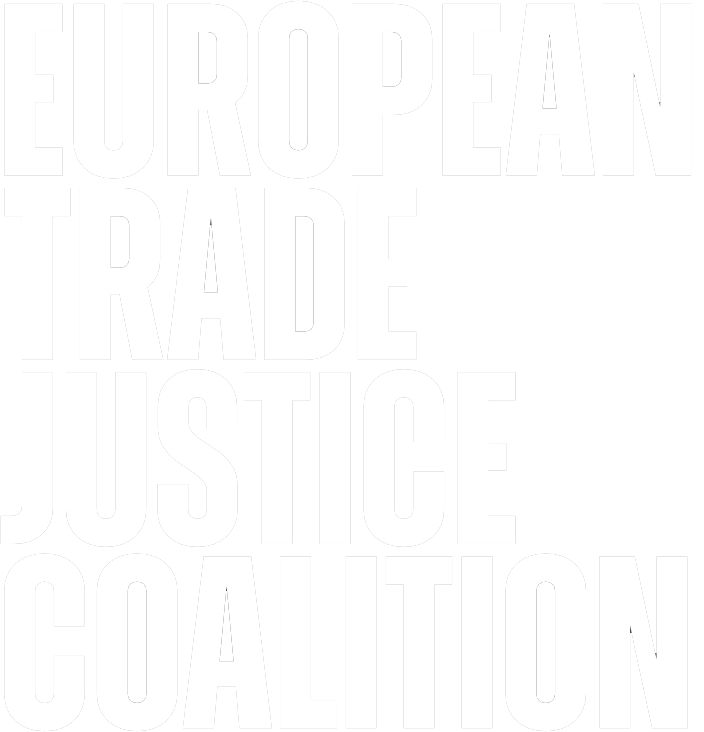
Forcing through a toxic lithium mine despite mass protest
Rio Tinto vs Serbia
In Serbia’s Jadar Valley, residents fought against a proposed lithium mine. The mine would have driven them off their land and caused serious environmental harm, including pollution of rivers and drinking-water supplies. When they were joined by environmental activists, academics, and citizens, protests flared up across the country, forcing the government to stop the project. Transnational mining giant Rio Tinto has threatened to sue Serbia in a private investor-state dispute settlement (ISDS) tribunal under the country’s investment treaty with the UK. The looming billion-dollar lawsuit could have played a role in forcing the government to bend to Rio Tinto’s will.
No investment in Serbia’s recent history has sparked as much opposition as Rio Tinto’s Jadar lithium mining project. The controversy started in 2020, when the community in the Jadar Valley found out the mine’s true size. Previously they had been told that it would cover only a small area.[1] But in reality, it was to become Europe’s largest lithium mine.
The proposed project includes an underground mine, a processing plant and a landfill to dispose of the mine’s toxic waste. The mine’s development would wipe out 22 villages and over 2,000 hectares of Serbia’s most fertile agricultural land. Over a million tonnes of toxic mining waste would be dumped in the landfill every year – close to major rivers and national water supplies.[2] Today, the community says it is already experiencing the devastating effects of the company’s research drilling.[3]
“Nothing grows where they drilled.”
Nataša, a community member from Gornje Nedeljice, describes the damage caused by Rio Tinto’s drilling in the Jadar Valley[4]
The local community’s concerns about the likely impact of the project were echoed by environmental organisations and scientific experts. They denounced the displacement of hundreds of families, the pollution of farmland, rivers and drinking water sources and the loss of biodiversity. They also highlighted the disinformation about the project, and striking irregularities surrounding approval procedures for the mine.
“We don’t give up Jadar”
The Serbian government and its hard-right President, Aleksandar Vučić, on the other hand, were staunch supporters of the project. It also had the backing of foreign powers like the EU, which considers the mine strategically important for its raw material needs.[5] The bloc is hungry for lithium, a key component in batteries for phones and electric cars, and an essential commodity for the energy transition.
In 2021 the Serbian government proposed laws which would have greatly facilitated land expropriation for projects like the Jadar mine. Hundreds of thousands took to the streets across the country in protest.[6] “We don’t give up Jadar”, “You cannot eat lithium” and “Serbia is not for sale” read some of the many signs at the protests. Thanks to the mass resistance, the proposed laws were ultimately amended.[7]
“I’ve never seen a project with this much dissent against it,” says Bojana Novaković from the Marš sa Drine movement against lithium mining in Serbia.[8] The revolt also reflects deeper undercurrents, demonstrating people’s discontent with ongoing corruption, and an increasingly authoritarian regime. The battle over the Jadar mine has become a “battle for the soul of Serbia”, as a British magazine wrote.[9]
Government announces project’s “absolute end”
In January 2022, the government bowed to public pressure. The Prime Minister announced that the government had annulled the legal basis for all of the project’s permits. This was the “absolute end” to Rio Tinto and lithium mining in the area, the Prime Minister said.[10]
“To stop Rio Tinto, people thought we were crazy. But somehow, we have continued to fight.”
Marija Alimpić, member of citizens group Zaštitimo Jadar i Rađevinu (Protect Jadar and Rađevinu)[11]
But the government backtracked soon after, following a controversial court ruling in 2024. It is now trying to reinstate the project, but some key approvals for the mine are still outstanding. The project continues to face fierce opposition from environmental groups and individual citizens, whose official complaints have not yet been dealt with.[12] According to a March 2025 poll, 63.5 per cent of the Serbian population oppose the mine.[13] The project is still on hold.
Rio Tinto’s secret billion-dollar threat
Despite the backlash against its mine, Rio Tinto always seemed confident about the project’s prospects. In spite of the project’s annulment in 2022, the company spent over 300 million euros on the mine up until August 2024. This was more than it had invested in Serbia in the two previous decades.[14] Why was Rio Tinto so optimistic?
Certainly, Serbia’s need for capital, the EU’s interests and support and Vučić’s increasingly authoritarian rule are part of the answer. But Rio Tinto’s billion-dollar threat against Serbia will have played an important role, too. The government has referred to the company’s threat on several occasions.
“Let’s say we expel Rio Tinto tomorrow. Will you want to provide a billion euros, which is the amount we should pay for what they signed?”
Aleksandar Vučić, President of Serbia, alludes to a potential compensation claim by Rio Tinto in December 2021[15]
On the basis of the 2002 UK-Serbia bilateral investment treaty (BIT) Rio Tinto sent a notice of dispute to the Serbian government.[16] BITs give sweeping powers to foreign investors, including the peculiar privilege of being able to sue states for compensation in a private arbitration system designed just for them. Companies regularly receive damages to compensate them not just for the money they invested, but also for future lost profits that they could, hypothetically, have earned.
“Like flashing a gun at a tense negotiation”
It is not known when precisely Rio Tinto sent the notice, and whether they made good on their warning. What is known, however, is that the threat alone of investor-state dispute settlement (ISDS) is so powerful that governments often give in to it.
“ISDS is so tilted and unpredictable, and the fines the arbitrators can impose are so catastrophically large, that bowing to a company’s demands, however extreme they may be, can look like the prudent choice,” explains journalist Chris Hamby. In 2016, he revealed how costly ISDS threats by mining companies had forced the Indonesian government to allow damaging mines in forests, forests the government had previously wanted to protect.[17]
Lawyers told Hamby that they frequently undertook “a ton of work that involves threatened claims that never go to arbitration”. The mere threat of an expensive claim can be enough to push governments to give in to demands by corporations, they said. “It’s like flashing a gun at a tense negotiation – better not to use it, but the guys across the table know it’s there,” Hamby wrote.[18] For months, Rio Tinto has pointed such a gun at the Serbian government.
“This international regime tilts the balance in favour of extractive projects by strengthening foreign investor rights and facilitating alliances between foreign investors and national elites.”
Nicolás M. Peronne, Professor of Economic Law, University of Valparaíso, Chile[19]
Since 2024, people who oppose Rio Tinto’s lithium mine face more state repression than ever.[20] The government seems determined to push through the mine against all resistance. It seems likely that Rio Tinto’s ISDS threat has played an important role in the government’s willingness to face down its own citizens.
[1] Nina Djukanović: “Green are Fields, Not Mines”: The Case of Lithium Mining and Resistance in Serbia, Master thesis, MPhil in Nature, Society and Environmental Governance, University of Oxford, 2022, p. 37f.
[2] For an overview of the project’s problems, and the resistance to it, see: Marš sa Drine and BankTrack: Rio Tinto’s Planned Jadar Mine Project in Serbia. Mining for Trouble: A wake-up call for banks and investors, April 2025; Marš sa Drine: Project Jadar: an overview from then to now, 1 June 2025.
[3] Đorđević et al: The influence of exploration activities of a potential lithium mine to the environment in Western Serbia, Nature, July 2024.
[4] Quoted in: Nina Djukanović: “Green are Fields, Not Mines”: The Case of Lithium Mining and Resistance in Serbia, Master thesis, MPhil in Nature, Society and Environmental Governance, University of Oxford, 2022, p. 44.
[5] Igor Todorović: European Commission declares Jadar project in Serbia one of its strategic projects for critical raw materials, Balkan Green Energy News, 4 June 2025.
[6] Rio Tinto lithium mine: thousands of protesters block roads across Serbia, The Guardian, 5 December 2021.
[7] Serbia gov’t bows to protesters’ demands, changes two laws, Reuters, 8 December 2021.
[8] Quoted in: Jakob Weizman and Šejla Ahmatović: Is Serbia turning into an EU mining colony?, Politico, 18 April 2025.
[9] Francisco Garcia, The battle for the soul of Serbia, The New Statesman, 25 January 2025.
[10] Brnabić: Poništene dozvole, odluke, rešenja – stavili smo tačku na Rio Tinto, N1 Beograd, 20 January 2022.
[11] Quoted in: Francisco Garcia, The battle for the soul of Serbia, The New Statesman, 25 January 2025.
[12] Marš sa Drine: Project Jadar: an overview from then to now, 1 June 2025, p. 9.
[13] Stručnjaci govore: New NSPM Survey: 63.5% of Citizens Oppose the Opening of Lithium Mines in the Jadar Valley, 2025.
[14] Marš sa Drine and BankTrack: Rio Tinto’s Planned Jadar Mine Project in Serbia. Mining for Trouble: A wake-up call for banks and investors, April 2025, p. 11.
[15] “Let’s say we expel Rio Tinto tomorrow, do you want to provide a billion euros?”, BizLife, 31 December 2021.
[16] [Updated] Serbia may revive lithium mining project that prompted environmental protests and triggered previously undisclosed notice of dispute, Investment Arbitration Reporter, 19 July 2024.
[17] Chris Hamby: The Secret Threat That Makes Corporations More Powerful Than Countries, BuzzFeed, 30 August 2016.
[18] Ibid.
[19] Nicolás M. Perrone: Local communities, extractivism and international investment law: the case of five Colombian communities, Globalizations 19:6, 2022, 837-853, p. 837.
[20] Marš sa Drine and BankTrack: Rio Tinto’s Planned Jadar Mine Project in Serbia. Mining for Trouble: A wake-up call for banks and investors, April 2025, p. 7.






